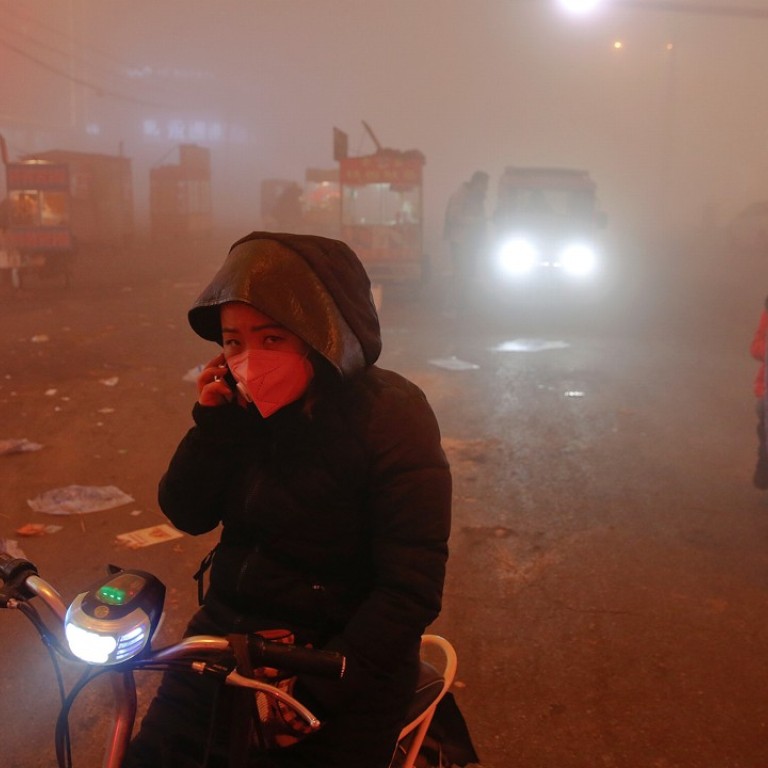
Fighting pollution is as crucial as growth
The country’s leadership has realised that quality of life is just as important as the material benefits of GDP and job creation. But the task ahead calls for a much greater commitment
China’s rise has been so focused on economic growth, to the exclusion of all else, that its people find their environment mired in the by-product of pollution. By one measure of potential for stirring public discontent and social instability, pollution now ranks ahead of administrative and legal injustice. That has got the top leadership’s attention. As a result progress in restoring the health of the country’s air and water is beginning to rank with gross domestic product as a yardstick by which officials are assessed for advancement. They are now striving to balance pollution control with growth.
Environmental issues have become an increasingly pressing cause of social instability. The Chinese Academy of Social Sciences reported that half of protests with more than 10,000 participants between 2001 and 2013 were sparked by concern about pollution.
One official response, a trial of a pilot scheme to clean up the mainland’s waterways involving “river chiefs”, is showing results. The names and contact details of river chiefs are posted alongside waterways, so citizens can report threats to water quality such as illegal discharges or algal blooms.
At the end of August, according to the Ministry of Water Resources, the authorities had appointed some 200,000 river chiefs across the mainland. It says something about the extent of the problem that this number only ripples the surface. After a decision by the top leadership to assign a steward to every waterway in the country, millions more are expected to be installed nationwide. A similar plan for bay areas, launched this year, is being expanded from five pilot schemes. River chiefs are government cadres of all ranks, assigned to a particular river or segment according to its importance.
The mainland’s air quality improved in 2014 and 2015, thanks to emission curbs and cuts in coal usage. But a state-led infrastructure boom, aimed at achieving a targeted pace of growth amid an economic slowdown, prompted factories to ramp up production, to the detriment of air quality, particularly in industrial regions.
The underlying problem in the past has been the lack of an incentive mechanism for pollution control amid emphasis on GDP and job creation, reflected in the way local officials paid lip service to it. The river-chief system, involving changes in administrative structure and making people accountable for cleaning up the environment, is evidence that the country’s leadership realises quality of life is just as important as the material benefits of GDP and job creation. The task calls for a much greater commitment in the long run. But at least the real consequences of pollution are beginning to dawn on China and its leaders are trying to see that it is taken seriously.

